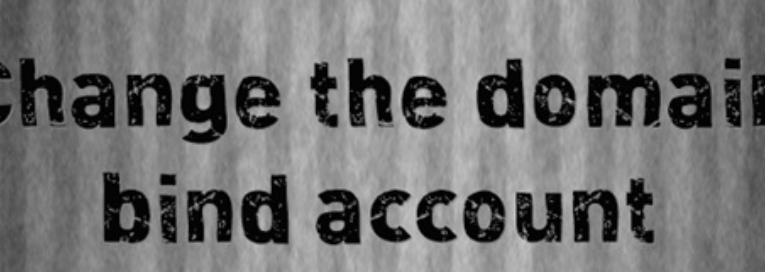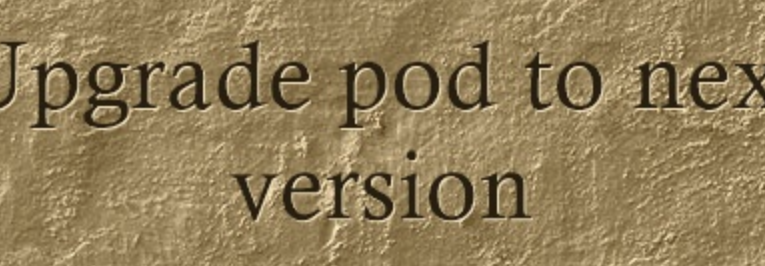Though changing service account is not regular practice,I have recently encountered an issue and wanted to let you know the procedure to change the same using admin portal. Logon to the Horizon Cloud here using the ‘My VMware’ account credentials and navigate to Settings > Active Directory and you will see similar to: Created
Horizon cloud on Azure – Publish applications
Horizon cloud on Azure – Delete pod
As you have seen in my earlier posts, deleting a pod is as easy like deploying it and task can be carried out from admin portal itself. Logon to the Horizon Cloud here using the ‘My VMware’ account credentials and navigate to capacity section under settings. Select the pod and remove For confirmation, pod
Horizon cloud on Azure – high availability for POD
Horizon cloud on Azure – Upgrade pod to next version
Horizon cloud on Azure – Deploy External UAG’s into diff vNet
Azure Administrator
New VMware Learning Zone Prep Forums – LAUNCHING SOON …
Are you planning to take some of the most popular VMware DCV certification exams, but have no one you can ask for advice on how to prepare? Starting next Monday, November 25th, you can join the DCV Foundations Exam Prep or the VCP-DCV Exam Prep Forums on the VMware Learning Zone and get some great advice
Horizon cloud on Azure – Desktop provisioning
If you have already gone through my earlier post on pod creation and your pod is healthy with no errors, then you can go through next steps for image creation and desktop provisioning.. Login to horizon cloud console using the url given here: Since the domain registration is completed, you will have
Horizon cloud on Azure – Pod creation
vCenter HA
vCenter High Availability (VCHA) is the new feature introduced in vSphere 6.5 which is available with only VCSA deployment. It is a multi node architecture with active passive configuration plus a witness node. It is actually designed to reduce downtime during vCenter failures. Soon after the VCHA is configured, a drs
Virtual machine encryption
VMware introduced Native Virtual Machine Encryption in vSphere 6.5. In this post, we will take a look at how vCenter, ESXi Hosts, and KMS work together to encrypt the virtual machines in the environment. This feature not only encrypt the new virtual machines, but also existing ones. Before jumping directly into VM
Self Encrypting Drives (SED)
A SED, or self-encrypting drive, is a type of hard drive that automatically and continuously encrypts the data in it without any user interaction. Most of the drive manufacturing vendors in market are coming up with Full Drive encryption feature and is becoming increasingly common in solid state drives (ssd's) Encryption
dnsmasq in vCenter
Anyone familiar with vCenter services/feature should have heard about dnsmasq, VCSA has this service installed and started by default which is introduced from 6.0. DNSMASQ service is a internal DNS service that aggressively cache lookups far beyond the TTL of the A record. If you are given a task of changing the IP












